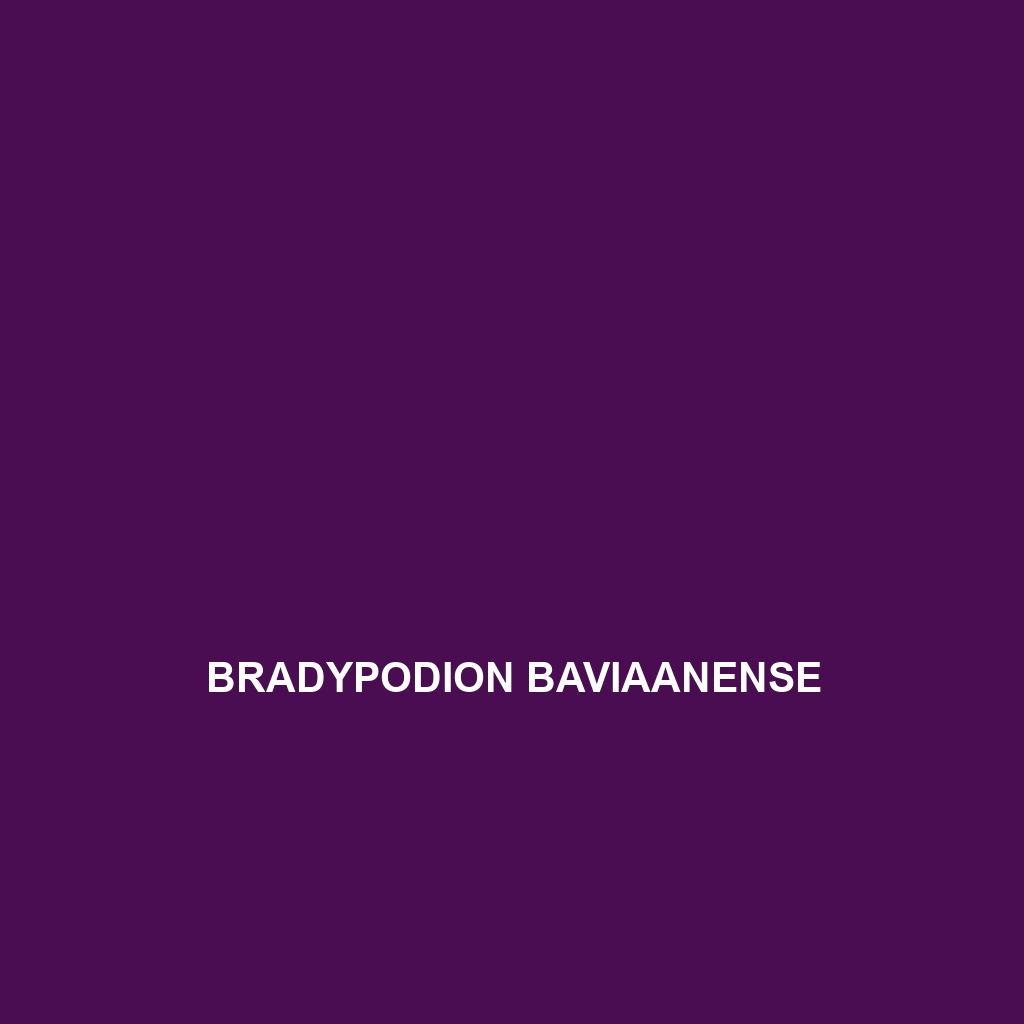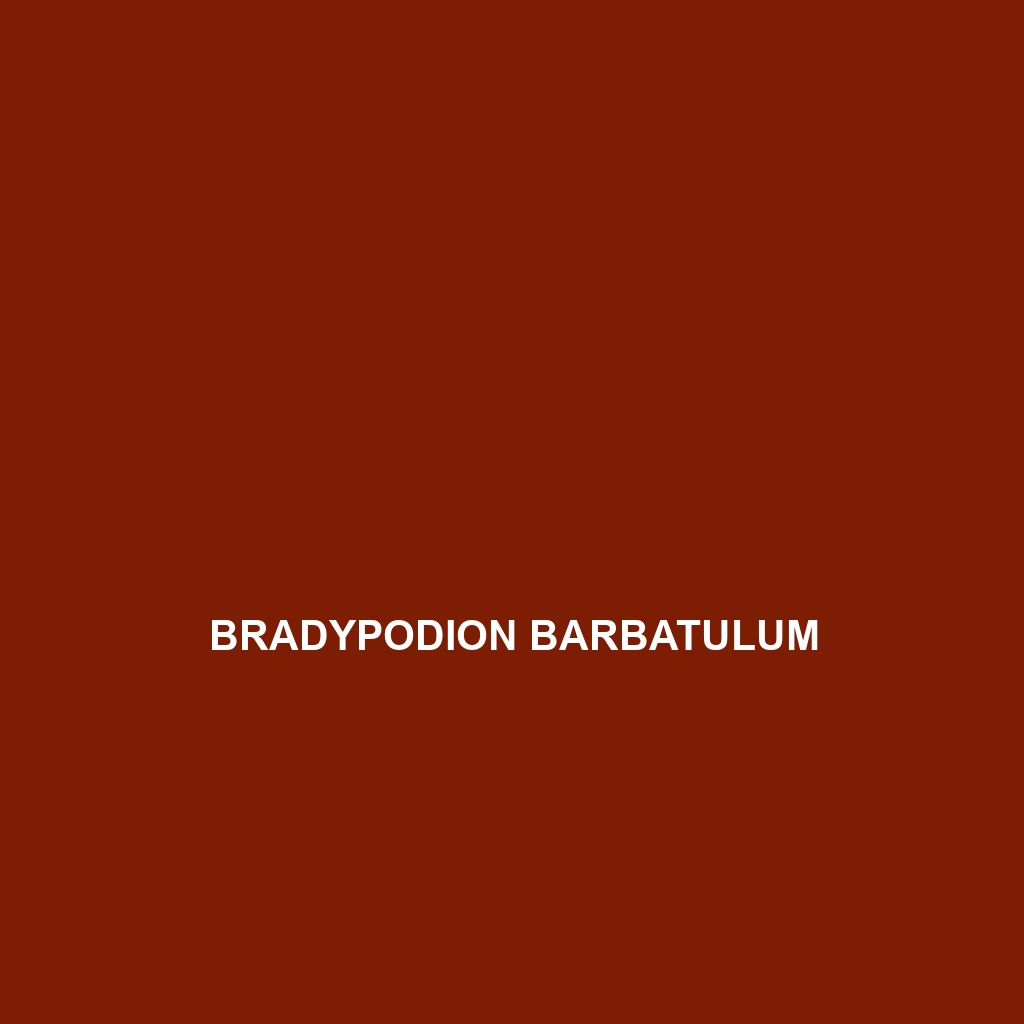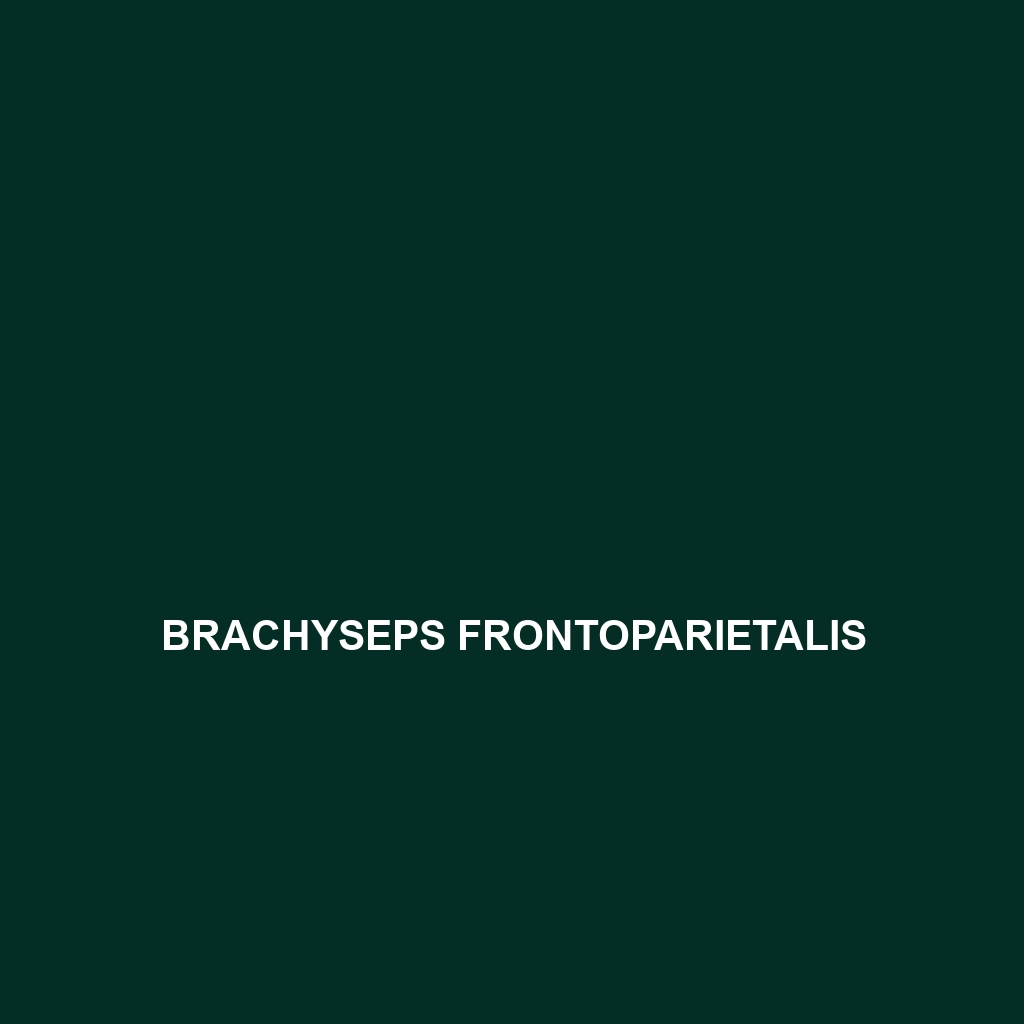
Tag: habitat loss
-

Bradypodion baviaanense
Discover the Baviaanskloof chameleon (Bradypodion baviaanense), a vibrant and unique species found in South Africa’s temperate forests, known for its ability to change color, arboreal lifestyle, and diet primarily consisting of insects. Classified as Vulnerable, this chameleon plays a vital role in its ecosystem, contributing to insect population control while facing threats from habitat loss.
-

Bradypodion atromontanum
Discover the unique Bradypodion atromontanum, a small chameleon measuring 15-20 cm, known for its striking color-changing abilities and distinct horn-like casque, thriving in South Africa’s montane forests and grasslands. This vulnerable species is crucial for maintaining insect populations and serves as an indicator of ecological health in its habitat.
-

Brachyurophis semifasciatus
Discover the Semi-banded Snake (Brachyurophis semifasciatus), a slender and nocturnal reptile native to Australia, known for its impressive camouflage and diet consisting mainly of small reptiles and invertebrates. With a length of 60 to 90 cm, this species plays a vital role in its ecosystem while exhibiting unique behaviors such as burrowing and rolling into…
-

Brachyseps frontoparietalis
Discover the fascinating Brachyseps frontoparietalis, a vulnerable skink native to the moist forests of Madagascar, known for its sleek body, vibrant colors, and diurnal foraging habits. With a diet primarily of insects and a crucial role in controlling insect populations, this species showcases remarkable tail regeneration and intricate mating displays.
-

Brachymeles vindumi
Indulge in the unique charm of the Brachymeles vindumi, or Mindanao skink, a slender, nocturnal lizard native to the lush forests of the Philippines, measuring 20-25 cm. With its captivating olive green hue and vital role in local ecosystems, this insectivorous species is essential for insect population control and offers intriguing research opportunities in evolutionary…
-

Brachymeles vermis
Discover the fascinating Brachymeles vermis, a slender, elongated lizard from the tropical forests of the Philippines, known for its reduced limbs and fossorial behavior, thriving in moist environments while contributing to ecosystem balance through its insectivorous diet. This unique species is currently classified as vulnerable due to habitat loss, making conservation efforts essential.
-

Brachymeles tungaoi
Discover the unique Brachymeles tungaoi, a legless lizard native to the tropical forests of Mindanao, Philippines. This small, nocturnal species thrives in humid environments, feeds on invertebrates, and plays a crucial role in its ecosystem while currently facing vulnerabilities due to habitat loss.
-

Brachymeles taylori
Discover the unique Brachymeles taylori, a legless skink native to the tropical forests of the Philippines. This slender, nocturnal species thrives in moist habitats, primarily feeds on insects, and plays a crucial role in its ecosystem by regulating pest populations and aerating the soil.
-

Brachymeles suluensis
Discover the unique Brachymeles suluensis, a nocturnal, limbless lizard native to the Sulu Archipelago. Measuring 15 to 25 cm in length, this vulnerable species features a smooth, shiny brown to olive-green body, thriving in tropical rainforests while playing a crucial role in controlling insect populations.
-

Brachymeles pathfinderi
Discover the unique Brachymeles pathfinderi, a legless lizard native to the tropical forests of the Philippines, known for its impressive camouflage, nocturnal behavior, and essential role in controlling insect populations. This vulnerable species thrives in humid environments and showcases remarkable adaptations, including the ability to absorb moisture through its skin.
Search
Popular Posts
-
Clelia clelia
Discover the Eastern Racer, Clelia clelia, a stunning snake native to Central and South America, known for its striking black and yellow scales and agility. This diurnal predator thrives in tropical habitats, playing a vital role in local ecosystems by controlling populations of frogs and small mammals.
-
Craspedocephalus puniceus
Discover the vibrant Craspedocephalus puniceus, or Scarlet-headed Rock Python, known for its striking red head and patterned body, thriving in the tropical forests of Southeast Asia. This nocturnal predator plays a crucial role in its ecosystem, controlling rodent populations while exhibiting unique climbing behaviors and territorial displays.
-
Craspedocephalus gramineus
Discover the Craspedocephalus gramineus, or grassy-headed snake, a vulnerable species native to tropical grasslands in South America, characterized by its greenish-yellow coloration and nocturnal hunting behavior. This slender snake plays a vital role in its ecosystem, preying on small mammals and insects while showcasing impressive camouflage against its natural habitat.
Categories
Archives
Tags
animal adaptations (663) animal behavior (4569) animal reproduction (743) bat species (661) behavior (911) biodiversity (6468) conservation (1670) conservation efforts (1240) conservation status (4275) diet (2087) echolocation (822) ecological balance (1109) ecological role (1096) ecology (783) ecosystem (1467) ecosystem role (2480) ecosystem roles (539) endangered species (2280) environmental conservation (593) grasslands (520) habitat (3199) habitat conservation (813) Habitat Destruction (806) habitat loss (2616) herbivorous diet (517) IUCN Red List (1072) nocturnal (571) nocturnal animals (2678) nocturnal behavior (2108) omnivorous diet (585) physical characteristics (1921) reproduction (2821) rodent (677) rodent species (1325) seed dispersal (2023) Seed Disperser (949) seed dispersers (584) small mammals (1155) South America (769) species description (606) tropical forests (871) Vulnerable Species (3769) wildlife (2504) wildlife conservation (3993) wildlife protection (689)


